First time Ho Chi Minh Museum - Mekong Delta Branch ( Can Tho ), I only glanced at the portraits of Uncle Ho with a bit of curiosity as a journalist. But on my return, when I listened to the tour guide talk about each work, I realized that each painting is not just an image, but a silent story about patriotism, art and deep gratitude.
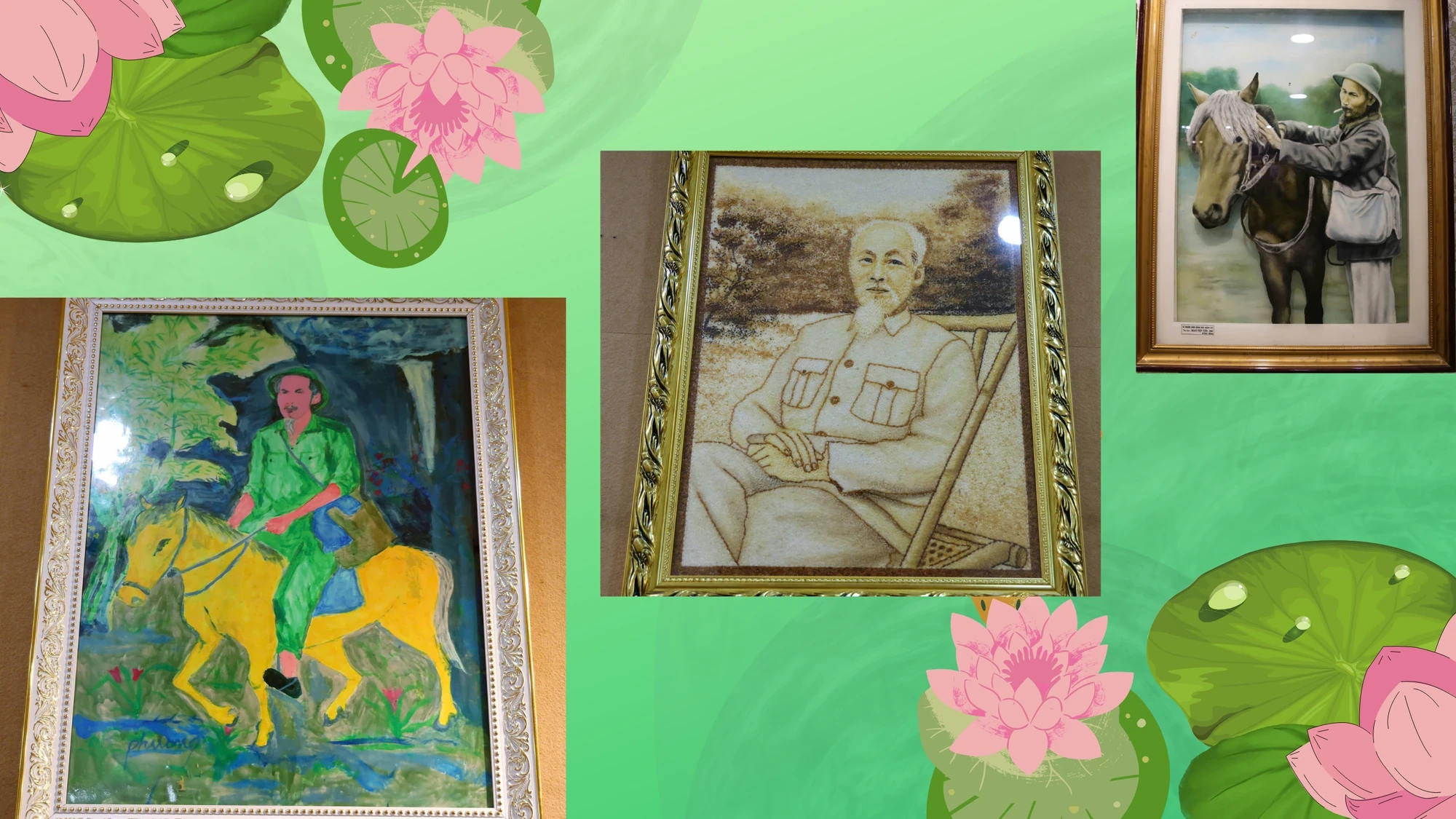
The most impressive is probably the painting painted with his own blood by artist Diep Minh Chau with the theme “Uncle Ho with three children from the North, Central and South”. The work was created during the resistance war against the French, and is a strong symbol of revolutionary belief and ideals.
Not only is it a work of art, it is also a testament to the patriotism, sacrifice and steadfast belief of southern artists in their beloved leader.
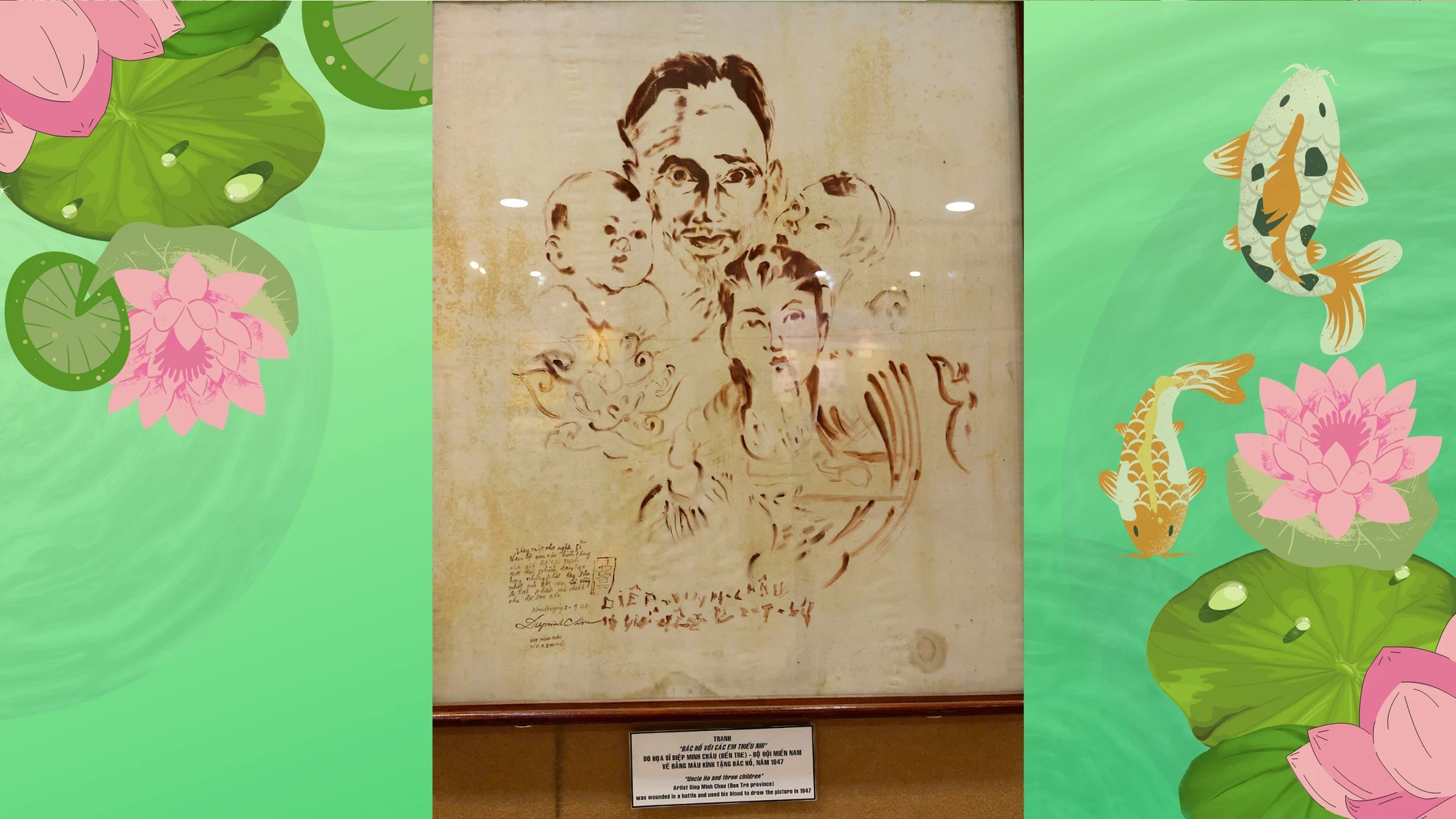
Besides Diep Minh Chau, many Western artisans also worked hard to create these paintings. portrait of Uncle Ho with many rustic traditional materials.
Artist Dang Mong Tuong (alias Nhan Trang) was the first person to research and paint with Chinese ink on banana leaves and areca spathes, with the consistent theme of "Lotus and President Ho Chi Minh".
With more than 20 years of working with this material, he has created more than 1,000 works, bringing a new perspective on Uncle Ho in the hearts of the people of the South.
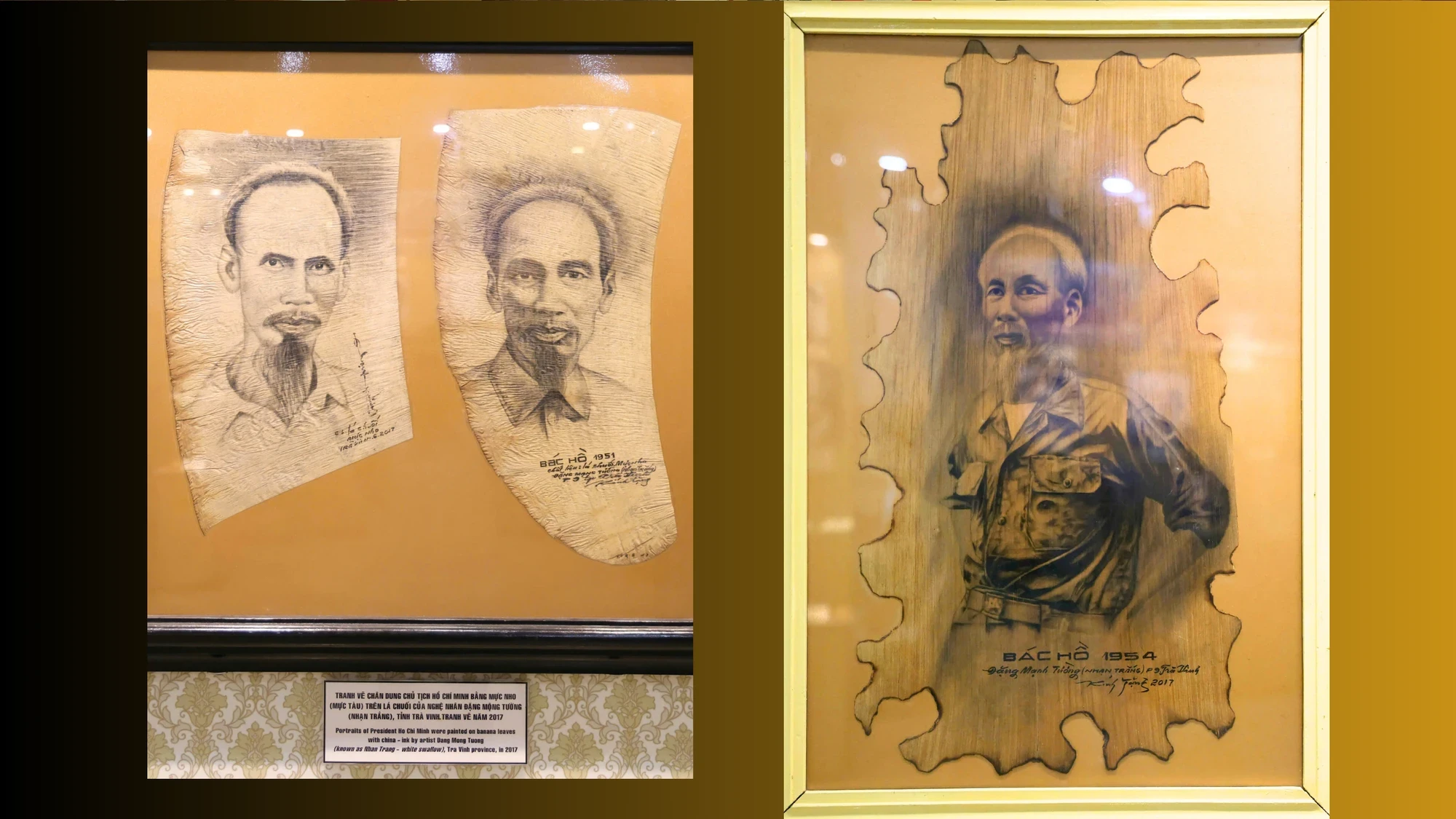
In another space in the museum, the portrait of President Ho Chi Minh in fabric painting by artist Ho Van Tai, the last person to pursue the embossed silk painting genre, made a special impression on me.
With his talented hands, he created more than 3,000 works, depicting many famous people such as Uncle Ho, Uncle Ton, Lenin, Nguyen Trung Truc... From the fragile silk, he breathed life into each carving, preserving a genre of painting that was thought to have disappeared, closely associated with the culture of the peaceful river land.
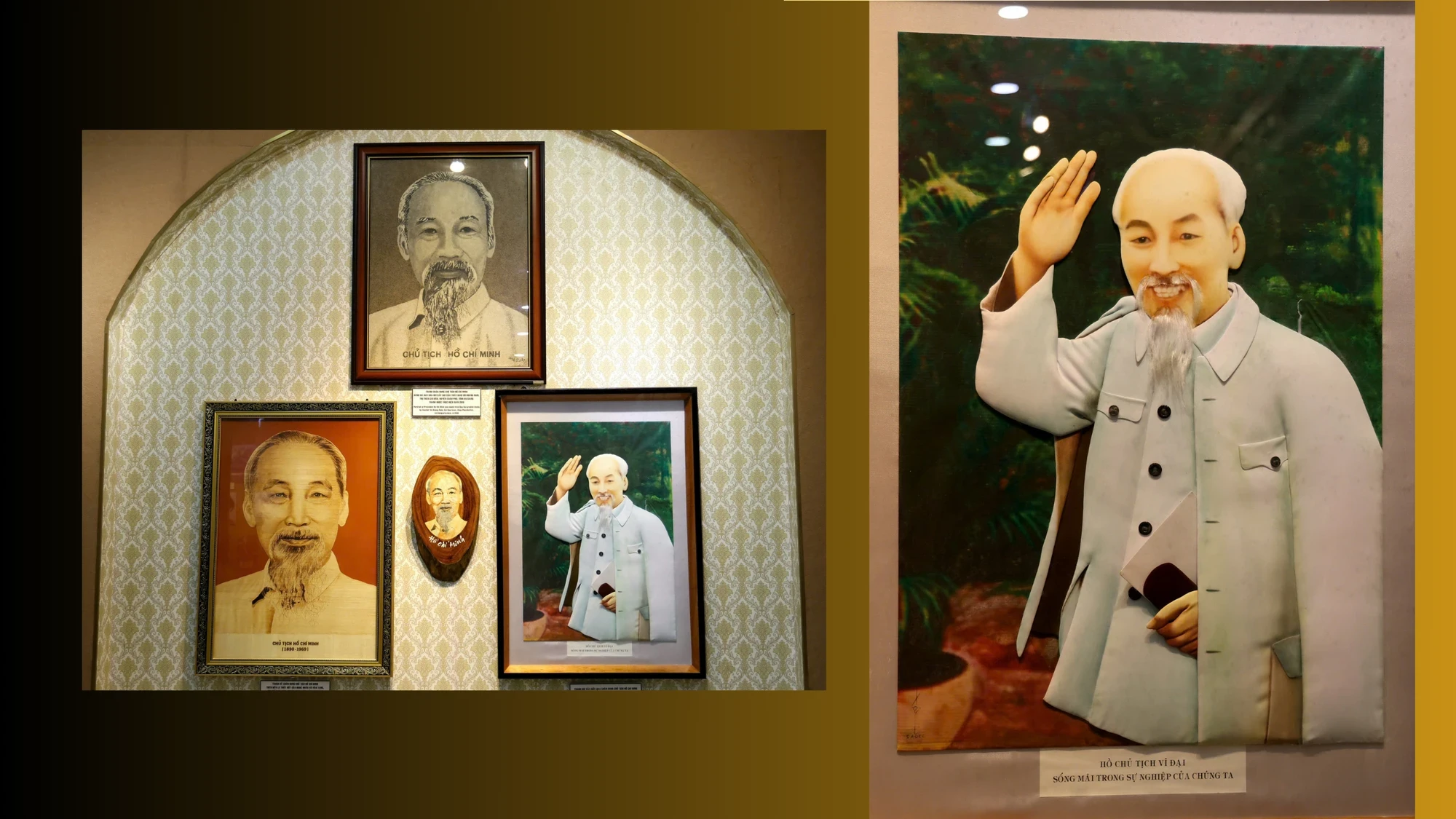
Artisan Le Van Nghia (Bay Nghia) in Dong Thap also chose familiar materials such as lotus leaves, cajuput bark, etc. to create simple yet profound portraits of Uncle Ho. Taking advantage of natural colors from leaves and bark such as brown, light yellow, ivory, etc., he created paintings of Uncle Ho who was gentle, close, and full of respect.
Among thousands of works, more than 100 portraits of President Ho Chi Minh made by him have been displayed at many major cultural events, contributing to preserving and promoting the value of folk art in general, and at the same time contributing to promoting the image of his homeland "Land of Pink Lotus" Dong Thap.
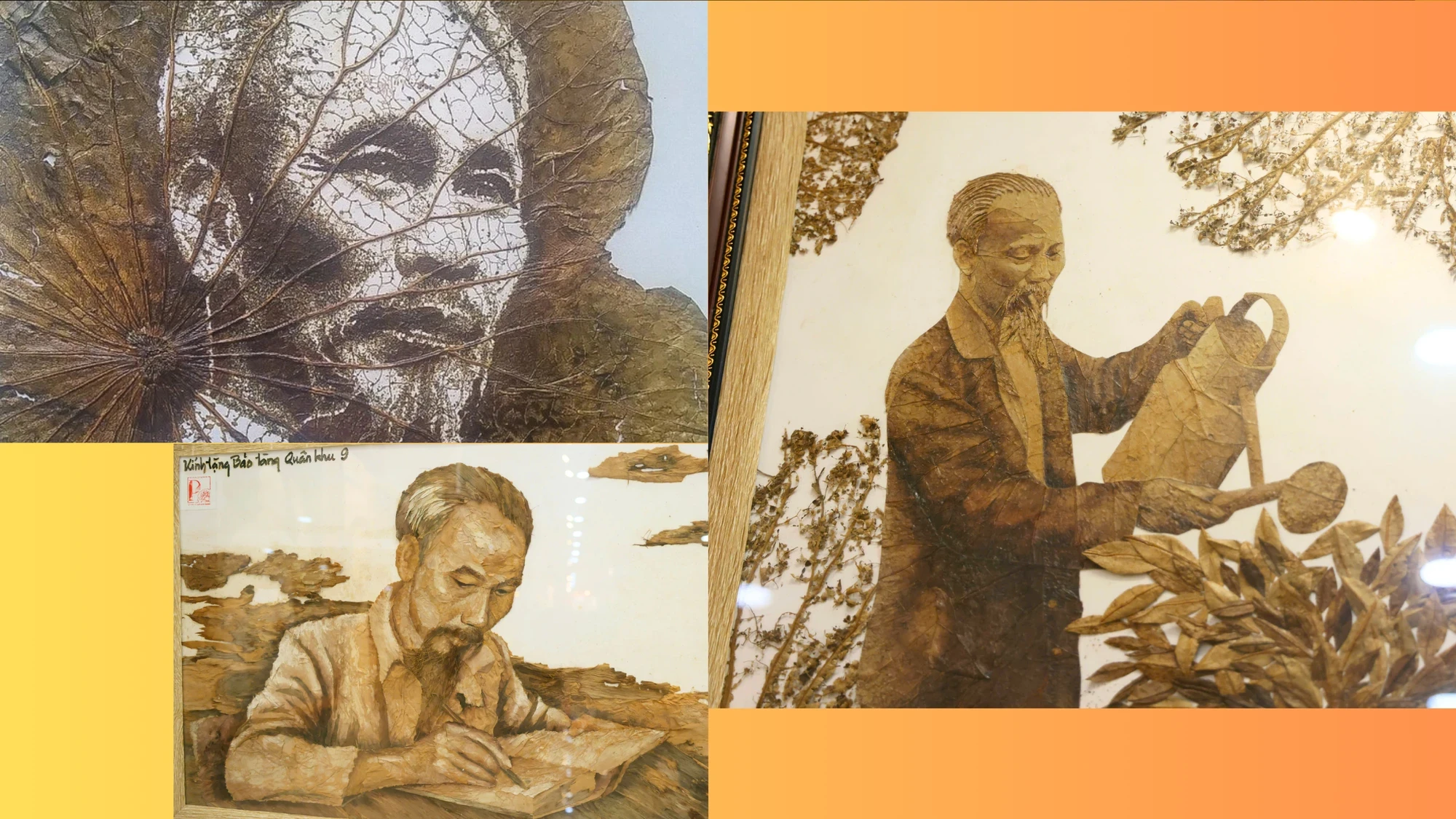
Adding color to the museum’s portrait collection of Uncle Ho, artisan Vo Van Tang in An Giang also contributed many works. To date, he has created tens of thousands of works from palmyra palm leaves - a tree closely associated with the lives of the Khmer people.
With a deep love for Uncle Ho, he spent most of his life painting more than 20,000 works, including the "Largest Uncle Ho's Will in Vietnam" which was recognized as a national record. The palm leaf portraits are not only artistic symbols, but also cultural bridges between ethnic communities in the Southwest region.
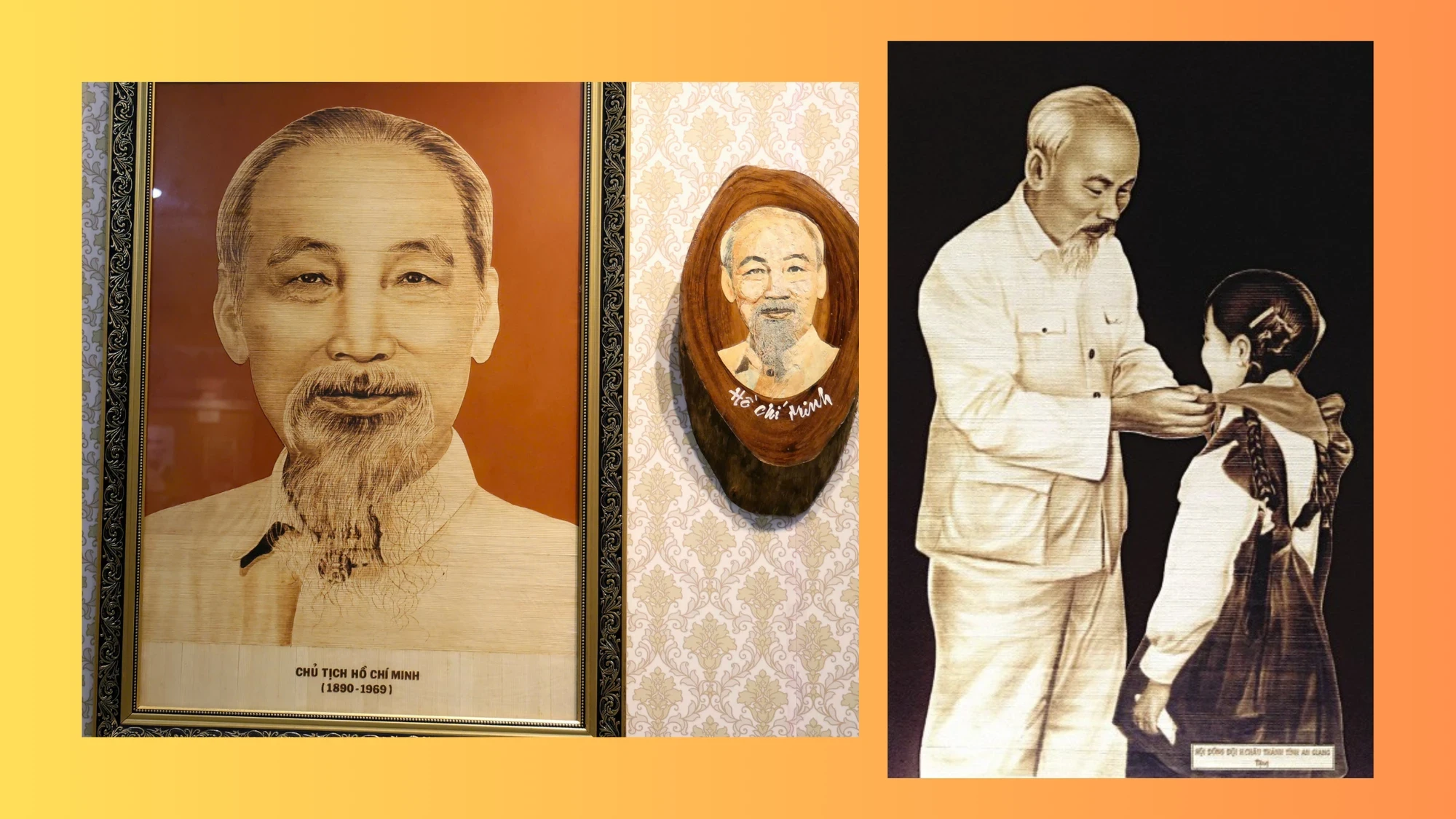
In addition, the museum also preserves many other unique works: Uncle Ho embroidery, Uncle Ho paintings made from rice by artisan Ngo Van Nho (Tien Giang); portrait of President Ho Chi Minh made from granite ground from Bay Nui by teacher Vo Hoang Nam (An Giang); Uncle Ho paintings made from telephone wire by artist Do Nam (Can Tho)... All create a sincere, lively and creative artistic space.
Some locations display images and documents about Uncle Ho and images of people and tourists visiting the museum.
Although expressed by material However, the common point of the works is still the sincere heart of the people of the West for the Father of the nation. Through these paintings, the love of Uncle Ho not only lives forever in memory, but also spreads in every color, every leaf, every grain of rice, becoming an endless source of inspiration for today and tomorrow.
Source: https://baolangson.vn/tinh-yeu-bac-qua-nhung-gam-mau-chat-lieu-dan-gian-5047532.html


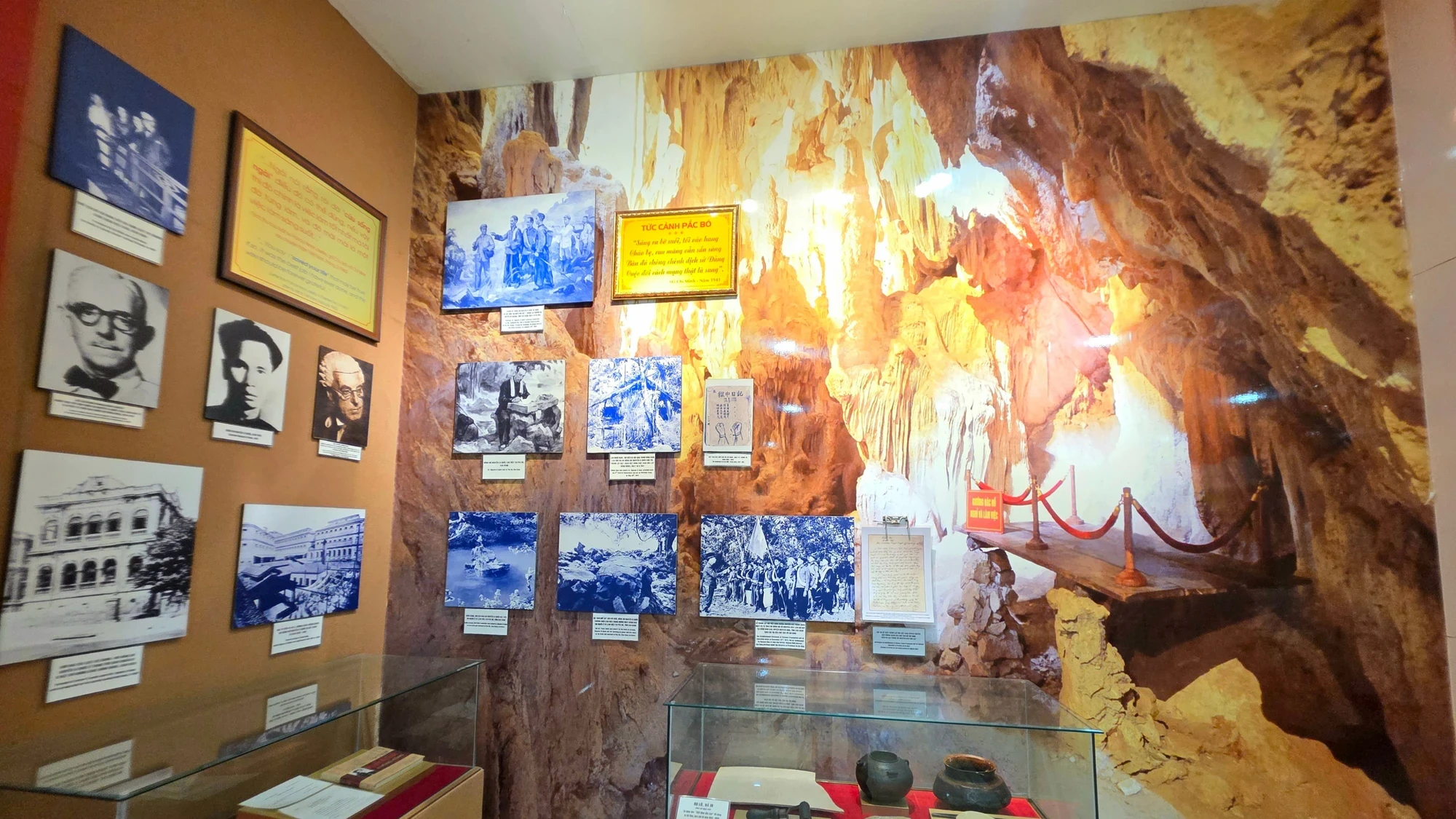
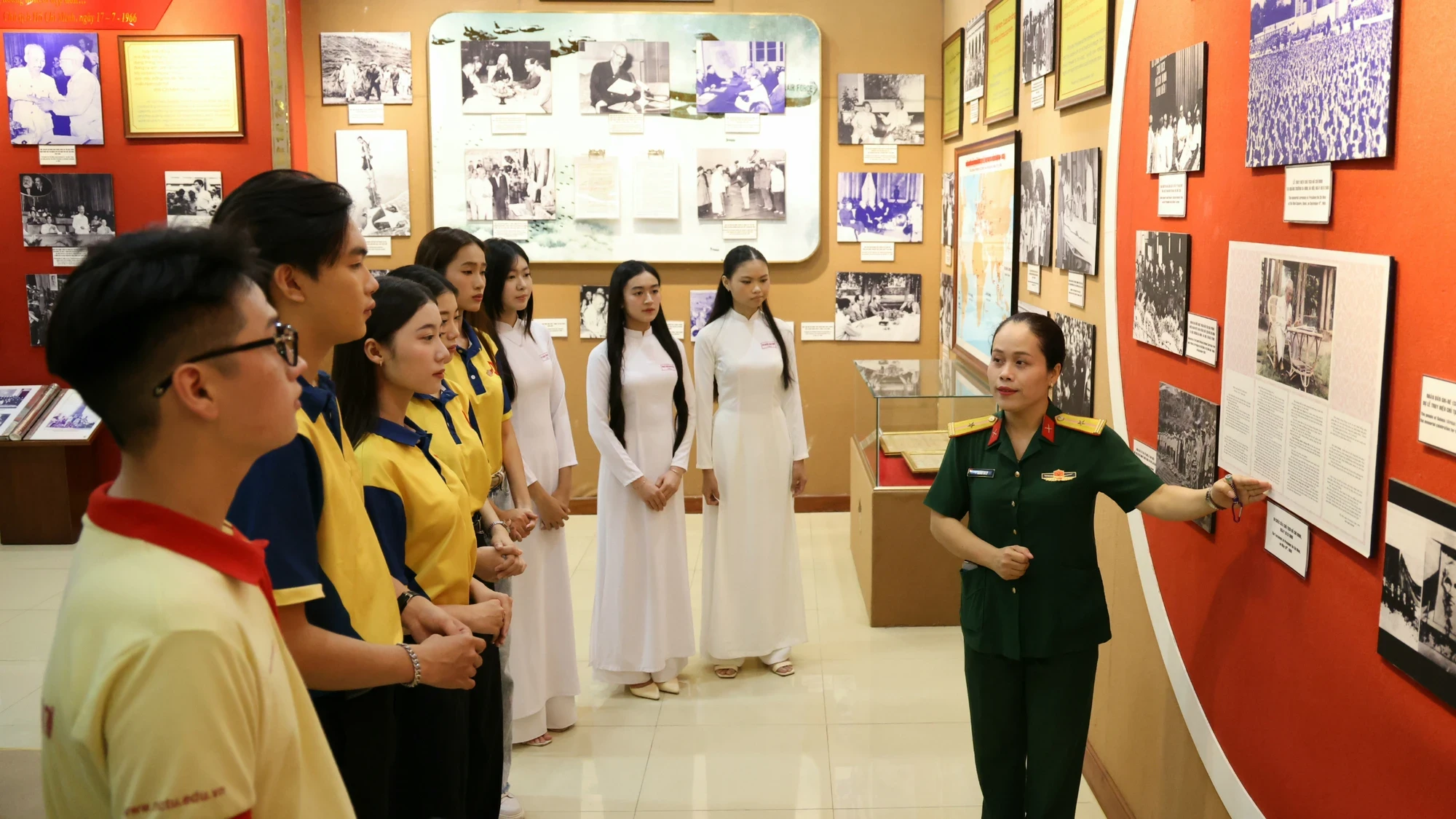
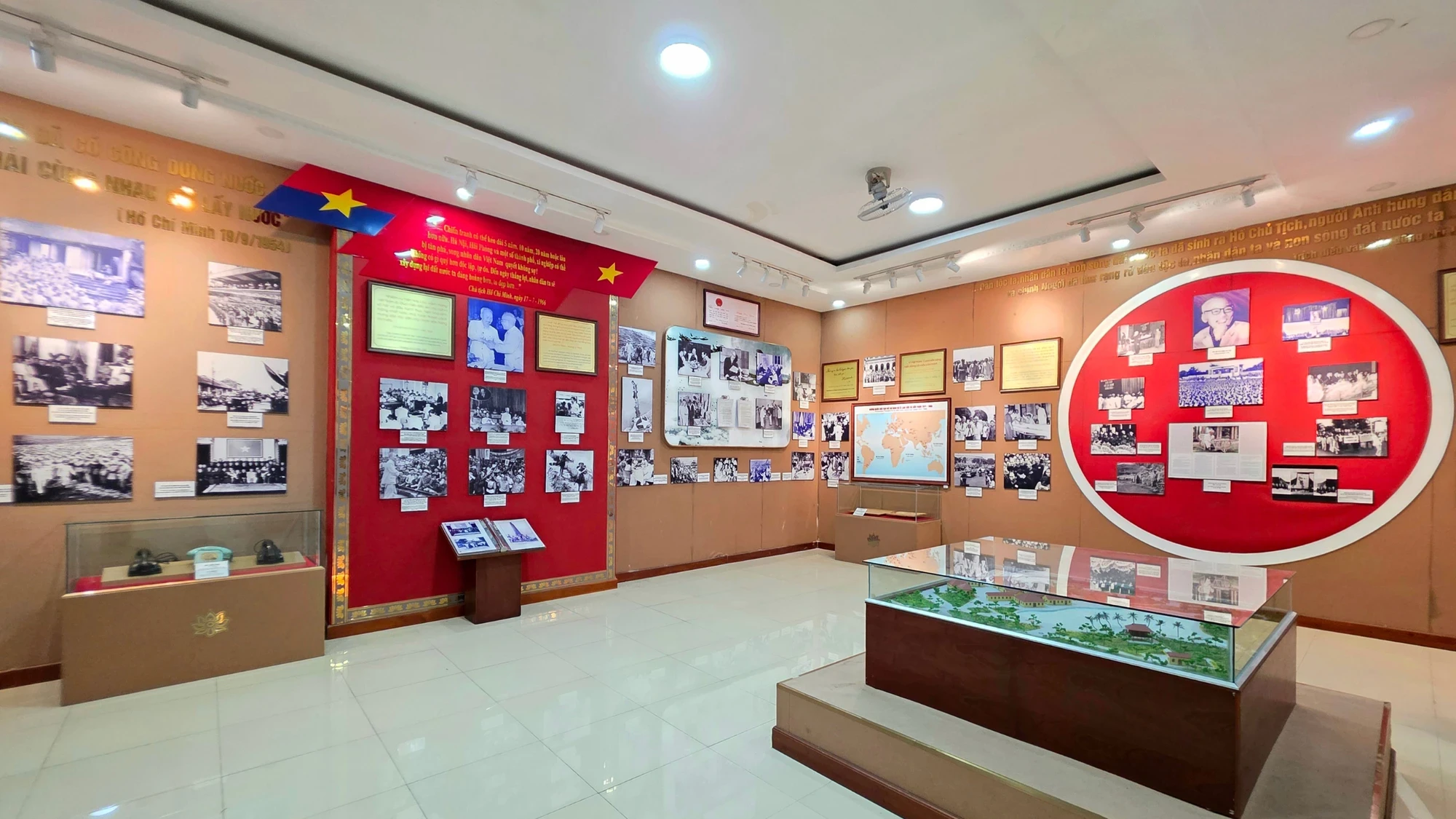
![[Photo] General Secretary To Lam attends the conference to review 10 years of implementing Directive No. 05 of the Politburo and evaluate the results of implementing Regulation No. 09 of the Central Public Security Party Committee.](https://vphoto.vietnam.vn/thumb/1200x675/vietnam/resource/IMAGE/2025/5/19/2f44458c655a4403acd7929dbbfa5039)
![[Photo] President Luong Cuong presents the 40-year Party membership badge to Chief of the Office of the President Le Khanh Hai](https://vphoto.vietnam.vn/thumb/1200x675/vietnam/resource/IMAGE/2025/5/19/a22bc55dd7bf4a2ab7e3958d32282c15)
![[Photo] Panorama of the Opening Ceremony of the 43rd Nhan Dan Newspaper National Table Tennis Championship](https://vphoto.vietnam.vn/thumb/1200x675/vietnam/resource/IMAGE/2025/5/19/5e22950340b941309280448198bcf1d9)

![[Photo] Close-up of Tang Long Bridge, Thu Duc City after repairing rutting](https://vphoto.vietnam.vn/thumb/1200x675/vietnam/resource/IMAGE/2025/5/19/086736d9d11f43198f5bd8d78df9bd41)

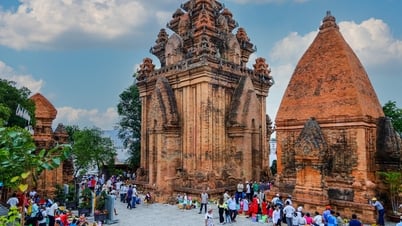

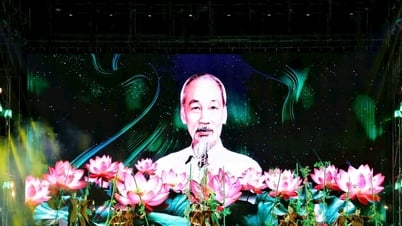



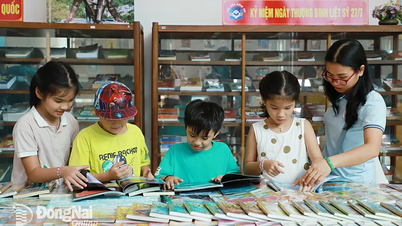
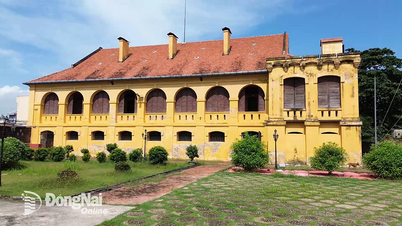
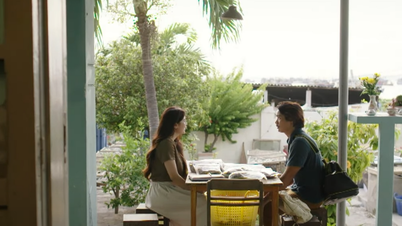





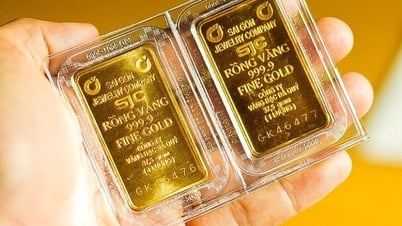
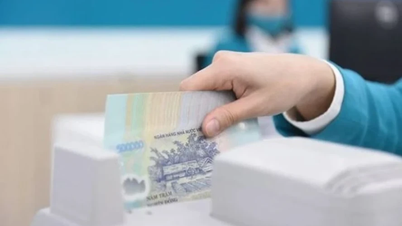
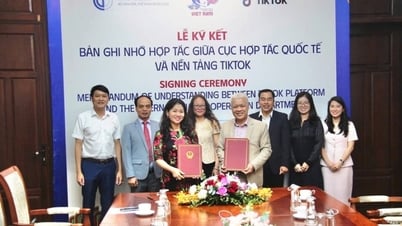
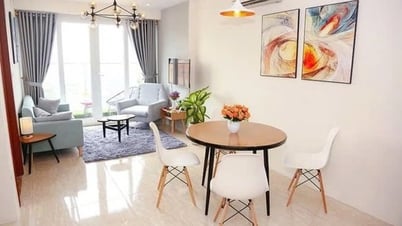
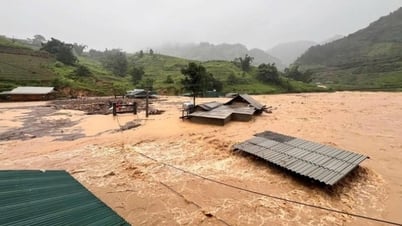

![[Photo] Prime Minister Pham Minh Chinh inspects the progress of the National Exhibition and Fair Center project](https://vphoto.vietnam.vn/thumb/1200x675/vietnam/resource/IMAGE/2025/5/19/35189ac8807140d897ad2b7d2583fbae)















































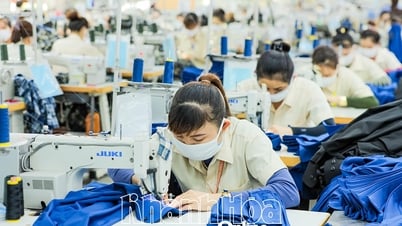
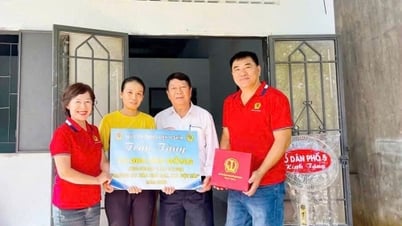

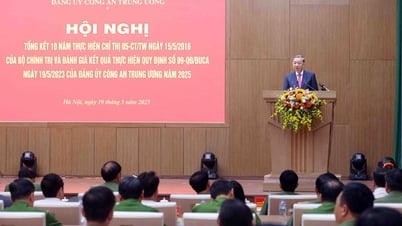

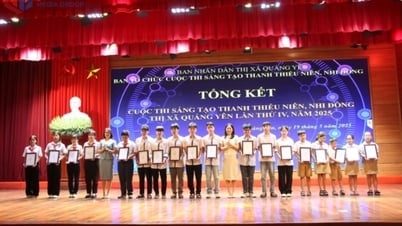




![[VIDEO] - Enhancing the value of Quang Nam OCOP products through trade connections](https://vphoto.vietnam.vn/thumb/402x226/vietnam/resource/IMAGE/2025/5/17/5be5b5fff1f14914986fad159097a677)




Comment (0)